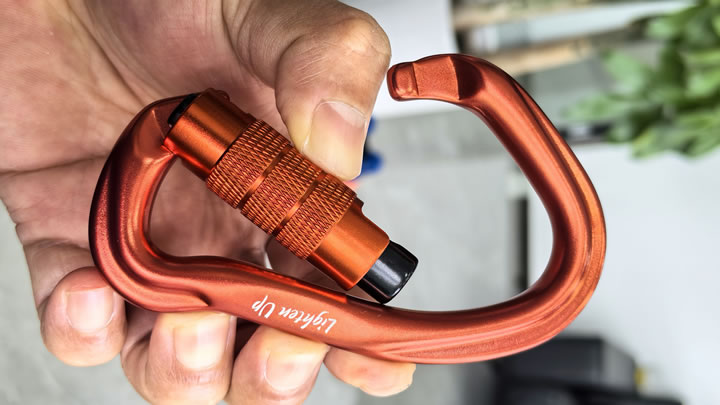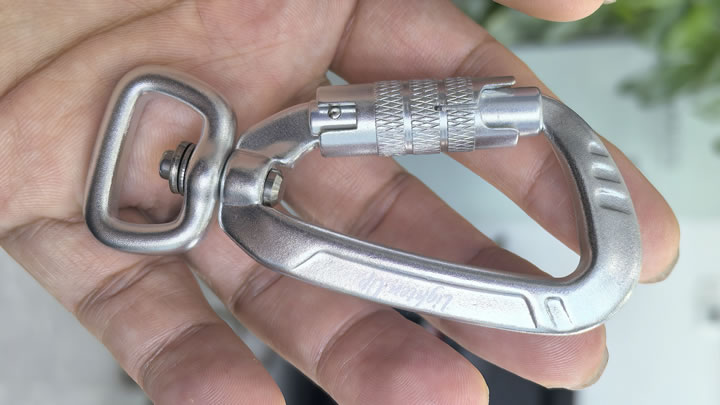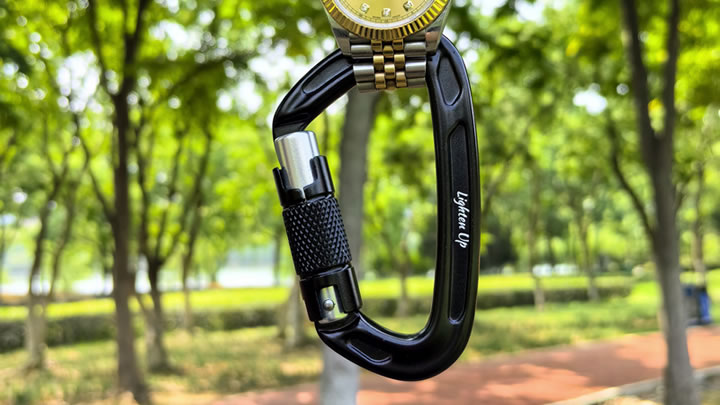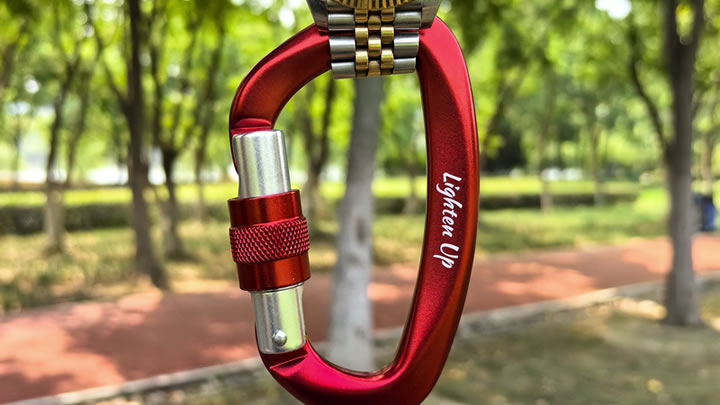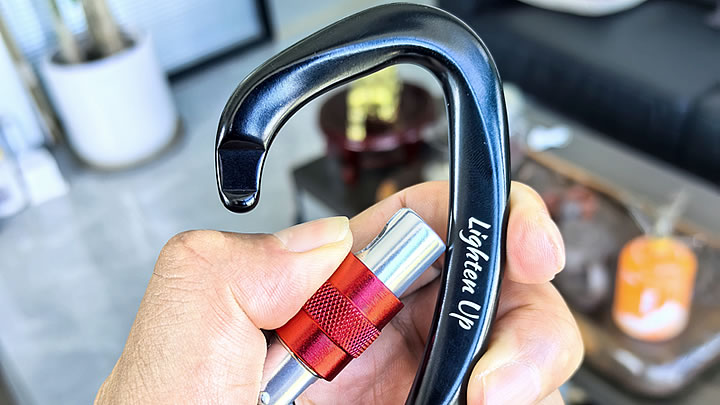How to prevent blisters while hiking?
How to Prevent Blisters While Hiking? The Ultimate Foot Care Guide
Blisters ruin more hikes than rain or fatigue—according to trail medicine studies, 78% of backpackers experience foot blisters on multi-day trips. But with proper prevention, you can keep your feet intact mile after mile. This guide combines podiatrist-approved advice with hard-won trail wisdom to help you stay blister-free.
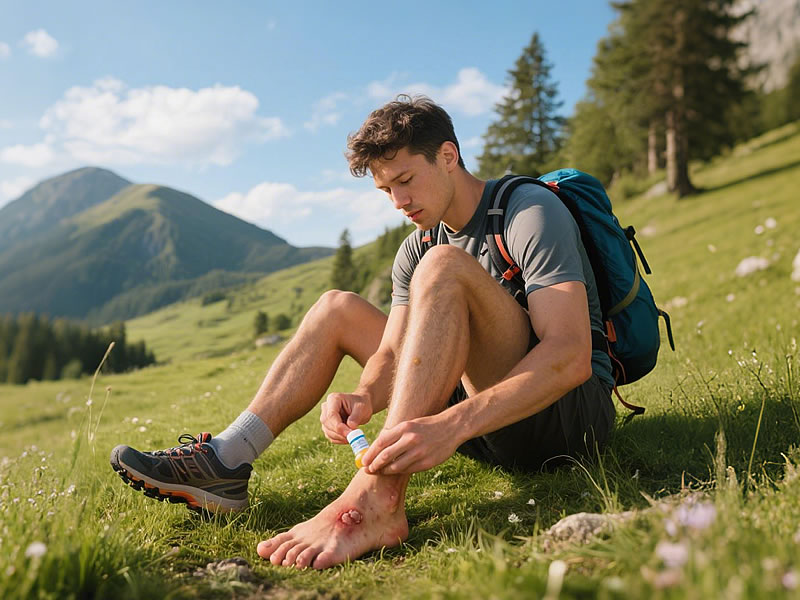
1. Start With the Right Footwear
Boot/Shoe Fit Checklist
✅ Toe Space: 1 thumb's width beyond longest toe
✅ Heel Lock: Minimal vertical slippage
✅ Width: No pinching on sides (especially at pinky toe)
✅ Break-in Period: 20+ miles of wear before long hikes
Pro Tip: Shop shoes in the afternoon when feet are naturally swollen.
When to Choose:
- Boots: Heavy loads/rough terrain
- Trail Runners: Light packs/well-maintained trails
2. Sock Science: Your First Defense
The Layering System
- Liner Sock: Thin synthetic (wick moisture)
- Outer Sock: Merino wool cushion (Darn Tough recommended)
Avoid cotton at all costs—it retains moisture and increases friction.
Sock Maintenance
- Change socks every 5-8 miles
- Hang damp socks on pack to dry while hiking
3. Pre-Hike Foot Prep
Taping Hot Spots
- Use leukotape (sticks for days, even when wet)
- Apply to:HeelsBall of footPinky toes
Skin Conditioning
- Rub feet with anti-chafe balm (like Body Glide)
- Soak feet in black tea pre-hike (tannins toughen skin)
4. On-Trail Prevention Tactics
At First Sign of Hot Spots:
- Stop immediately
- Clean area with alcohol wipe
- Apply tape/moleskin
- Adjust lacing to reduce friction
Lacing Techniques to Reduce Rub
- Heel Lock Lacing: Prevents slippage
- Window Lacing: Relieves pressure points
5. Foot Care During Breaks
- Air out feet (15+ minutes)
- Powder with gold bond if excessively sweaty
- Inspect for red areas
- Rotate socks if possible
6. Blister Treatment (When Prevention Fails)
For Small Blisters:
- Leave intact if possible
- Cover with hydrocolloid bandage (like Compeed)
For Large Blisters:
- Sterilize needle with flame
- Pierce at edge, drain fluid
- Apply antibiotic ointment
- Cover with gauze + tape
Never remove the "roof" skin—it protects the wound.
7. Hiker-Approved Products
- Best Tape: Leukotape Kinesiology Tape
- Best Balm: Trail Toes Anti-Friction Cream
- Best Socks: Darn Tough Hiker Boot Cushion
- Best Insole: Superfeet Green Insoles
8. Special Situations
Wet Conditions:
- Apply zinc oxide cream as moisture barrier
- Consider seal skinz waterproof socks
Desert Hiking:
- Dust feet with lubricating powder
- Wear gaiters to keep out sand
Winter Hiking:
- Use vapor barrier liner socks
- Avoid over-tightening boots
Final Prevention Checklist
☑ Break in footwear properly
☑ Wear moisture-wicking sock system
☑ Tape known hot spots pre-hike
☑ Carry blister treatment kit
☑ Address friction immediately
Remember: An ounce of prevention equals miles of comfortable hiking.

